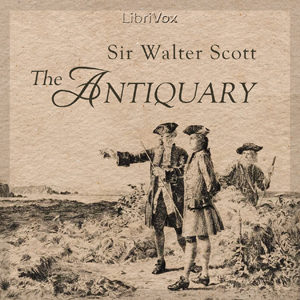On conducting research for my current book The Fisherwomen of Auchmithie, it’s been tough going finding information on the lives of fisherfolk in the 19th century. I began to read The Antiquary (Walter Scott), as cited on some websites. However, there’s but one description of the inside of a fisherman’s cottage. So from his descriptions I have learnt about the humble Scottish fisherman’s cottage that:
· * there is a fireplace/hearth inside (possibly coal lit, but this was from other description in another class of housing so might be incorrect) which is for heat, light and cooking;
· * wooden trenchers are used to prepare food;
· * which is fried, broiled and smoked fish, plus bannocks (Scottish cake made from oatmeal) and car-cakes (crumpets);
· * mugs of beer (other sources mention ale);
· * grandmother is found by the fire in a chair spinning wool (spindle and distaff method);
· * the door of the cottage closes with a latch.
Yet here is some nice commentary on the importance of the fisherwives taking care of the home when the men were fishing up and down the coast which I had read via other sources.
fisher-wives ken better – they keep the man and keep the house, and keep the siller [silver] too
As soon as the boat touches the sand, the fishermen work, but the wives take the fish ashore, carry the fish in creeils to the next town and sell them.
As sune as the keel o’ the coble touches the sand, deil a bit mair will the lazy fisher loons work, but the wives maun kilt their coats, and wade into the surf to tak the fish ashore. And then the man casts aff the wat [wet] and puts on the dry, and sits down wi’ his pipe and his gill-stoup ahint the ingle, like any auld houdie, […] the wife, she maun get the scull [creel] on her back, and awa wi’ the fish to the next burrows-town, and scauld and ban wi’ther till it’s sauld [sold]
I have provided some translations for those unfamiliar with the Scots language. I hope this brief post is helpful.
The book wasn’t easy to read, as it rambled, emphasising the importance of the upper classes in my opinion. While I thought this would be a book about the working class, hardworking folk. I have read plenty of nineteenth century literature that is more readable. So unsure now why he is so famous an author. Sometimes we just don’t get into a piece of work, when others might love it. So feel disapointed not to have gotten into the book. And that it wasn’t more useful for contextual information I was searching for.
Who is Emma Parfitt?

Emma Parfitt is a proofreader with 18 years of writing experience with businesses, academics and creative writers. She obtained a Creative Writing MA (St Andrews University) and a PhD in Storytelling (Warwick University). Then set up her own proofreading business and became a published author of fiction, for example, A Friendship of Thistles as well as academic literature such as Young People, Learning & Storytelling (Palgrave Macmillan).

0 Comments